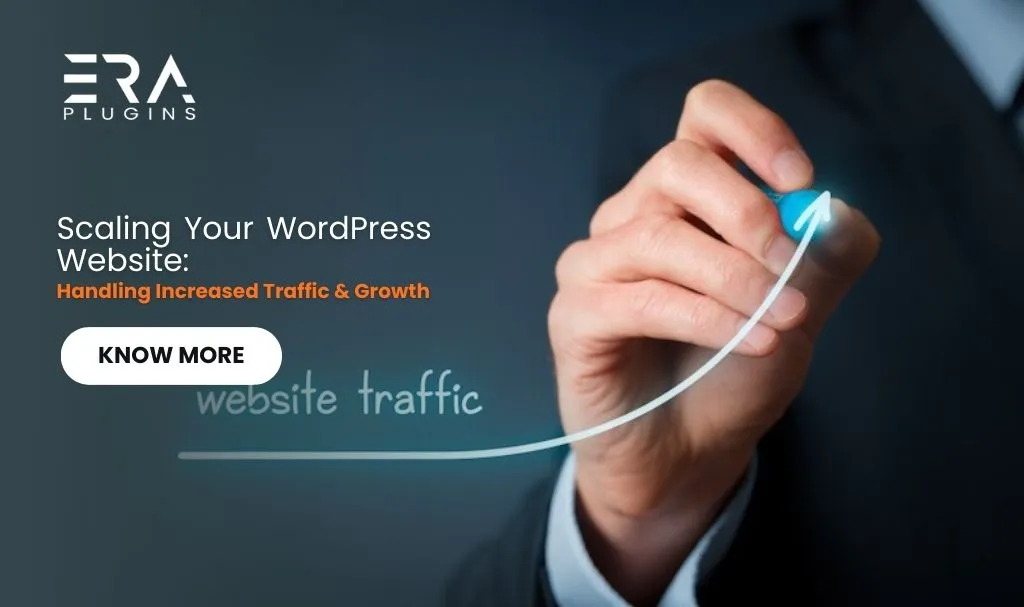As your WordPress website gains traction, you might experience increased traffic and growth. Here’s how to scale your site to accommodate higher demands:
- Choose a Scalable Hosting Plan: Opt for a hosting plan that can handle increased traffic and resource demands. Consider upgrading to VPS or dedicated hosting if needed.
- Content Delivery Network (CDN): Implement a CDN to distribute your site’s content across multiple servers globally, improving loading times for users worldwide.
- Caching: Use caching plugins or server-level caching to store static versions of your pages and reduce server load.
- Optimize Images: Compress and optimize images to minimize their impact on loading times.
- Database Optimization: Regularly clean and optimize your database to ensure efficient data retrieval.
- Content Management System (CMS) Updates: Keep WordPress core, themes, and plugins up to date to benefit from performance enhancements and security patches.
- Scalable Themes and Plugins: Choose themes and plugins that are optimized for performance and can handle increased traffic.
- Load Testing: Perform load testing to identify potential bottlenecks and optimize your site’s performance under heavy traffic.
- Optimize JavaScript and CSS: Minimize and combine JavaScript and CSS files to reduce the number of requests and improve loading speed.
- Server Monitoring: Monitor server performance and resource usage to proactively address any issues that might arise.
- Auto Scaling: If you expect sudden spikes in traffic, consider using cloud-based services that offer auto-scaling capabilities.
- Content Management: Optimize your content management practices to ensure smooth backend operations.
- Use a Caching Plugin: Install a caching plugin to generate static HTML files of your dynamic content, reducing server load.
- Content Delivery Optimization: Optimize the way your content is delivered, such as using lazy loading for images and videos.
- Database Scaling: If your website relies heavily on databases, consider scaling your database infrastructure to handle increased queries.
- Content Prioritization: Prioritize essential content elements to ensure critical information loads first for users.
- Reduce Third-Party Scripts: Limit the use of external scripts that can slow down your site’s loading times.
- Regular Backups: Continue to maintain regular backups to safeguard your site’s data as it grows.
Scaling requires careful planning and adjustments to various aspects of your website. Regular performance monitoring and optimization are essential to provide a seamless experience for your users as your website grows.





